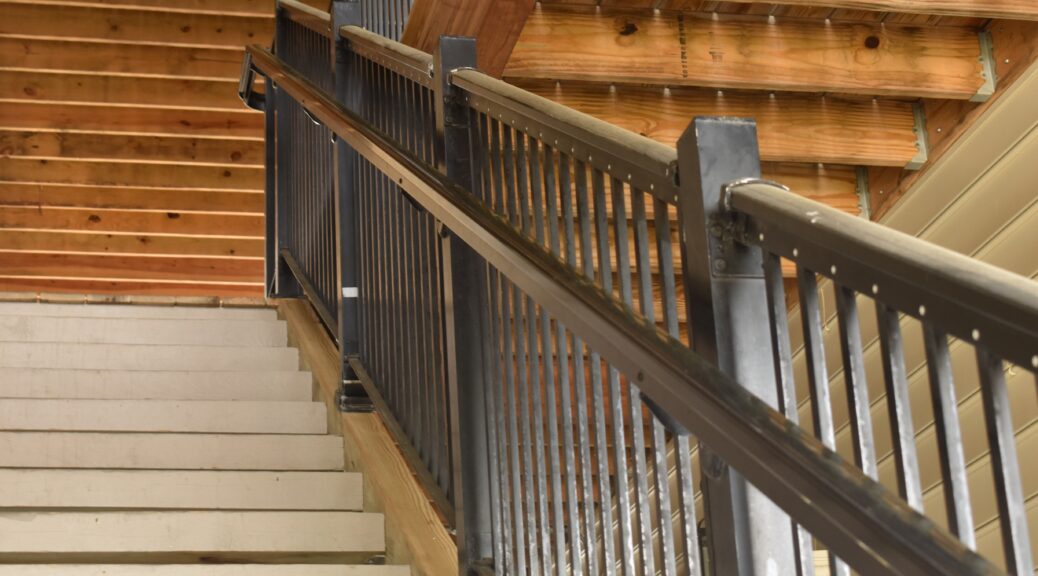
Taking precautions around stairs can help prevent injury
Staying safe may not be at the forefront of someone’s mind when walking down a flight of stairs. For some age groups, however, taking precautions in order to safely navigate around stairs can be an important way to prevent serious bodily injury.
According to the most recent data from the National Electronic Injury Surveillance System, a report of annual recorded proximate causes of injury compiled by the U.S. Consumer Product Safety Commission, stairs, ramps and floors serve as the leading cause of injury in the United States for 2021. The commission compiles a report of annual emergency room visits across the United States and uses algorithms to approximate the number of injuries that occur across different age groups in the population. For stairs, ramps and floors, the commission reported over two million injuries, which was considerably larger than the second leading cause of injury, identified as beds, mattresses and pillows.
Stairs, ramps and floor injuries also impacted different age groups across the population. These mechanisms served as the leading cause of injury for all age groups surveyed from infancy to age 85 and older, excluding children ages 5 to 9 and children ages 10 to 14. For children ages 5 to 9, the leading cause of injury was reported to be playground equipment, while children ages 10 to 14 were hospitalized with football-related injuries. In all age groups surveyed, stair related injuries were ranked within the top three causes of injury reported.
Among the population, children and older adults are the most at risk for fall injuries, including those injuries caused by stairs. Toddlers and young children learning to walk can trip and fall down a flight of stairs or fall on objects on the floor, which can cause orthopedic injuries such as broken bones and dislocations. In more rare cases, children can also experience head trauma and ocular injuries as a result of a fall. Older adults and seniors are also at high risk for falls in the home, which can result in both physical injury and mental health issues.
Data suggests that older adults ages 55 and older are the most susceptible to stair related falls. Of those stair injuries reported, over 57 percent were attributed to this demographic. Falling is a leading cause of injury for seniors in the home. One of the largest risk factors of having a fall is having already fallen, in addition to external factors such as stairs, rugs, cords and other household hazards.
In order to minimize the occurrence and impact of falls, experts say it is effective to use a multifaceted approach based on the situation and age group. For young children, using an engineered mechanism such as a stair gate can help prevent children from accessing stairs. This approach, coupled with education and increased awareness, can lessen the number of injuries over time. When working with older adults, the prevention methods may be based on the patient and their situation. Health conditions, medications and home environment can all be factors in assessing fall risk and safety strategies.